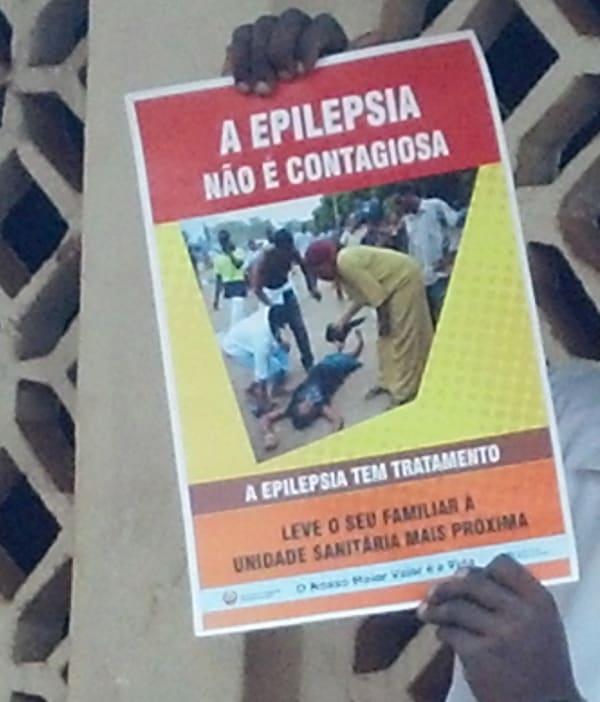In new findings led by researchers at the American Cancer Society, Martin-Luther University in Germany, and many other institutes worldwide, fewer than one in 20 patients diagnosed with potentially curable colorectal cancer received standard of care in Sub-Saharan Africa.
Tag: Sub-Saharan Africa
Paenibacillus infection cause of hydrocephalus in Ugandan infants
In a landmark paper, an international team led by Yale School of Medicine’s Dr. Steven Schiff details three linked studies conclusively linking the bacteria Paenibacillus thiaminolyticus to an estimated 4,000 new cases of postinfectious hydrocephalus in Ugandan infants each year. Paenibacillus…
Cross-reactive seasonal coronavirus antibody responses contribute to antibody- mediated effector functions against SARS-CoV-2 in individuals in Kenya
Much of sub-Saharan Africa has fared the SARS-CoV-2 pandemic with reduced disease and death even with low uptake of vaccines, little to no infection mitigation strategies, and clear serologic evidence of infection. While warmer weather, a youthful population, and microbiome…
How much energy do we need to achieve a decent life for all?
IIASA researchers have assessed how much energy is needed to provide the global poor with a decent life and have found that this can be reconciled with efforts to meet climate targets.

Vanderbilt, Zambia Researchers Find Delirium in Hospitalized Patients Linked to Mortality, Disability in Sub-Saharan Africa
Delirium, a form of acute brain dysfunction, is widespread in critically ill patients in lower resourced hospitals, and the duration of delirium predicted both mortality and disability at six months after discharge, according to a study published in PLOS ONE.
Cornell’s Prabhu Pingali named board chair of anti-hunger institute
Prabhu Pingali, director of the Tata-Cornell Institute for Agriculture and Nutrition, has been named chair of the governing board of the International Crops Research Institute for the Semi-Arid Tropics.

New Study Shows How Climate Impacts Food Webs, Poses Socioeconomic Threat in Eastern Africa
For the first time, a research team has obtained high resolution sedimentary core samples from Lake Tanganyika. The samples show that high frequency variability in climate can lead to major disruptions in how the lake’s food web functions. The changes could put millions of people at risk who rely on the lake for food security. The team says the findings are a critical building block toward research-informed policymaking in the Lake Tanganyika region.
Free trade can prevent hunger caused by future shifts in climate patterns
International trade can compensate for regional reductions in agricultural production and reduce hunger when protectionist measures and other barriers to trade are eliminated.

Faculty Receive Grant to Examine the Economic and Social Impacts of COVID-19 Public Health Policies in Uganda
Rutgers faculty receive grant to study how COVID-19 policies affect health care utilization, food security, and mental health in sub-Saharan Africa.

Can community-based interventions help to close the epilepsy treatment gap?
More than 50 million people have epilepsy; about 80% live in lower- or middle-income countries, where diagnosis and treatment can be difficult or impossible. The percentage of people with epilepsy that is not receiving treatment is known as the treatment gap; in some countries, this gap exceeds 90%.
Can sub-Saharan Africa achieve sustainable access to energy for all by 2030?
A new study shows that to ensure universal access to affordable, reliable, and modern electricity services by 2030 in sub-Saharan Africa, the pace of electrification must more than triple.

Rachel Vreeman Appointed Chair of Global Health and Director of the Arnhold Institute for Global Health at the Icahn School of Medicine at Mount Sinai
Appointment Enhances Efforts by the Institute to Improve Health of Communities Locally and Internationally